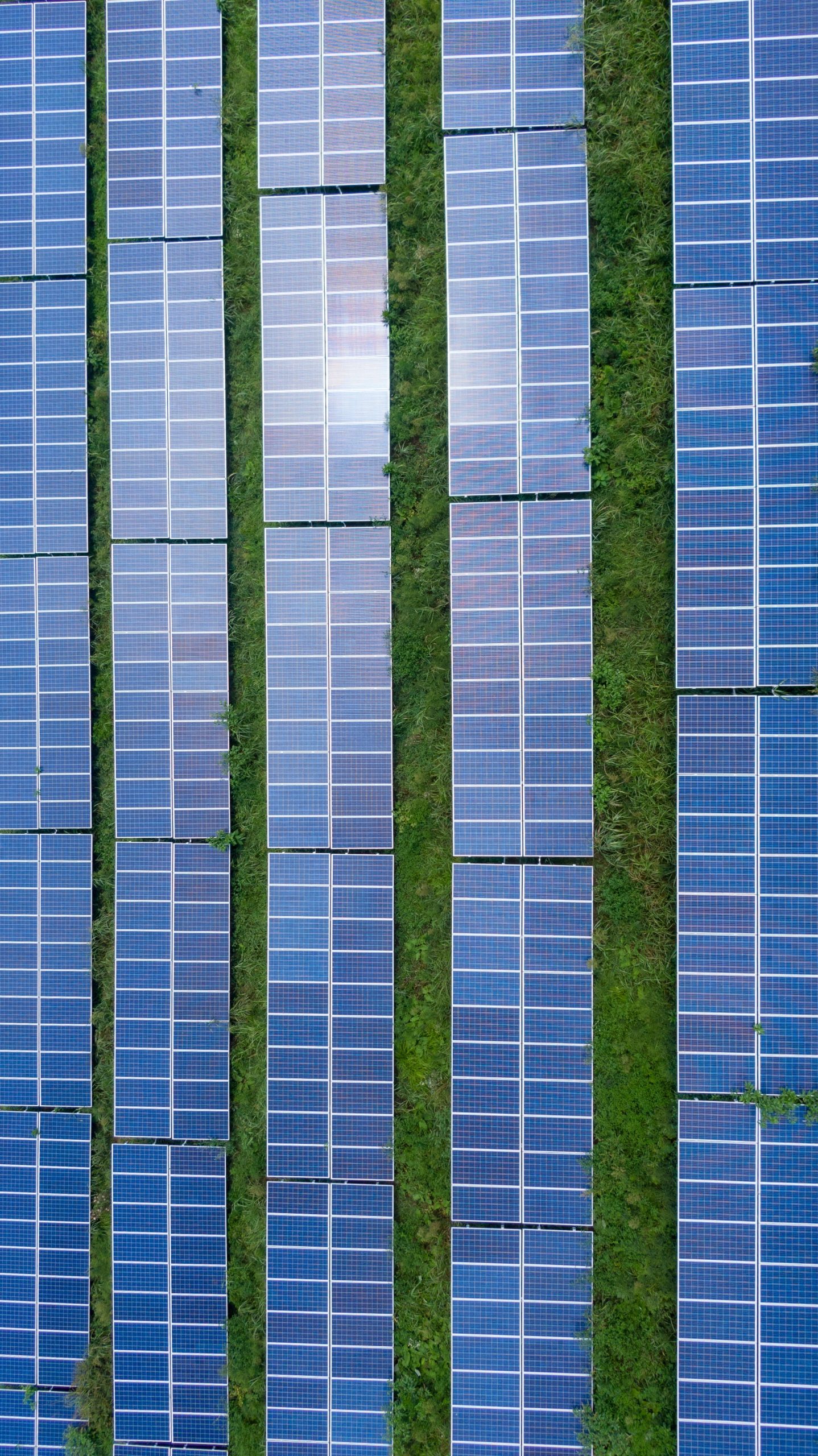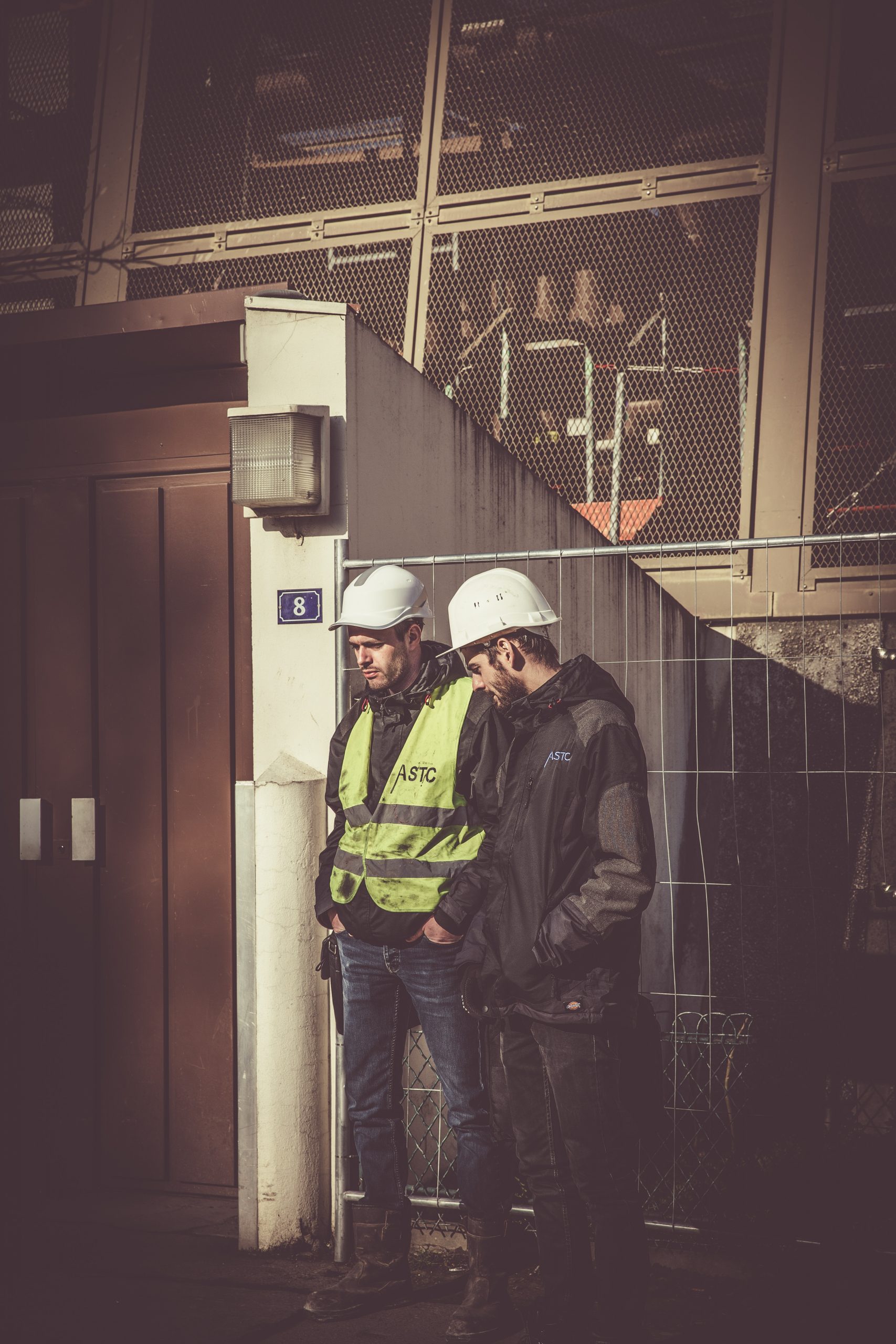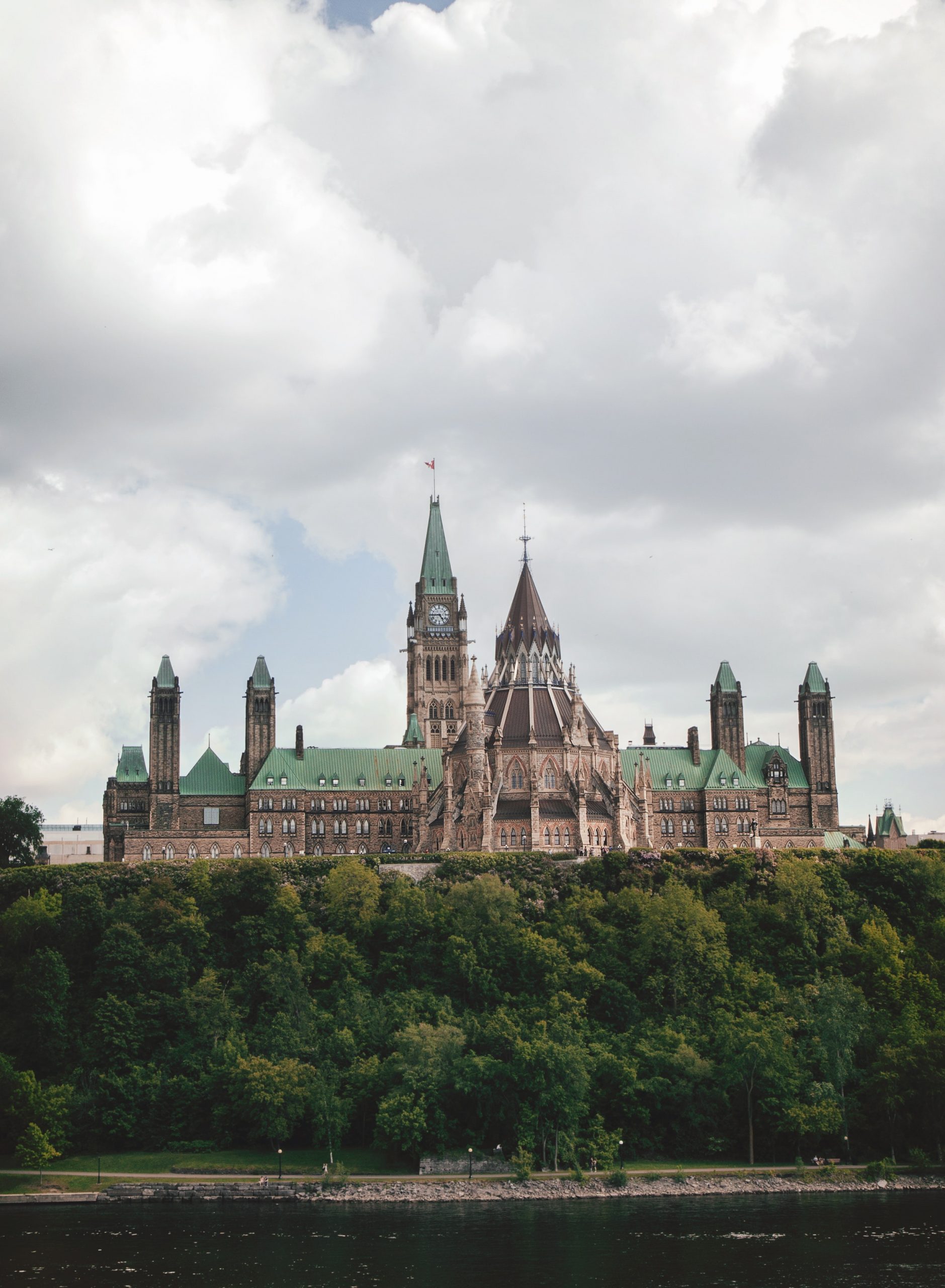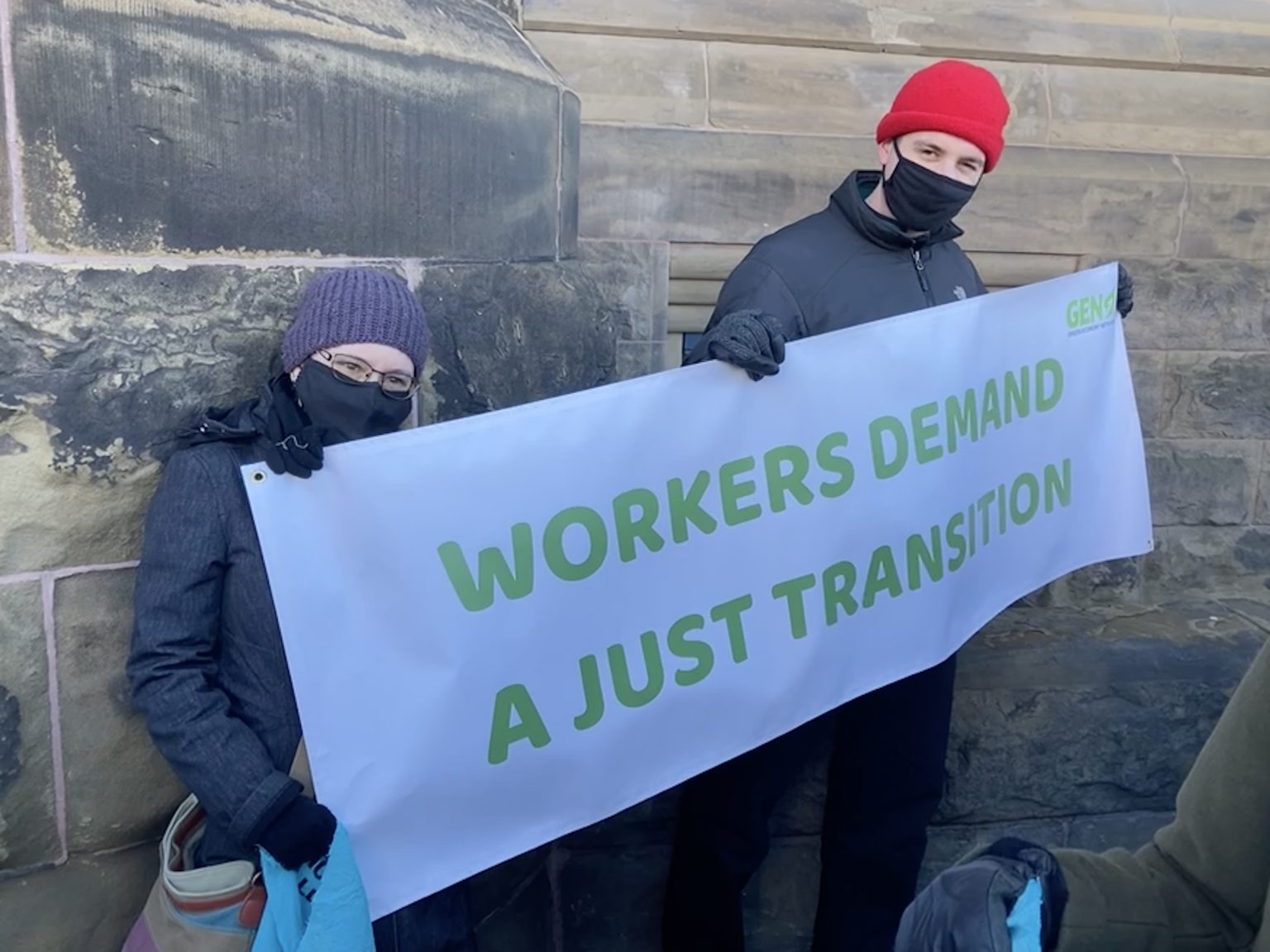Canada is at a crossroads for inclusive and equitable climate action. We need to build a green economy that ensures existing jobs are more environmentally sustainable while simultaneously creating new, decent-paying, full-time, safe jobs for all people in all sectors of the economy.
Under the umbrella of the Green Economy Network (GEN), we have come together as members of labour unions, environmental, faith, and social justice organizations to form a common front for a just, inclusive, and environmentally sustainable Canadian economy.
The current critical moment in history can be characterized as a “Triple-E Crisis.”

From 'Triple-E Crisis'
to 'Triple-E Solutions'
The Triple-E Crisis we all face is marked by three intersecting factors that need to be addressed.
First, we face an Economic Crisis. Precarious work, stagnation, financial volatility, dependence on oil, and increasing unaffordability are among the symptoms of our broken economic system.
Second, we face an Environmental Crisis. Climate change and global warming threaten not only global ecosystems but also our very civilization.
Third, we face an Equity Crisis. Income inequality, social exclusion, poverty, and disparities of gender, age, race, and class are fraying the social fabric.

Renewable Energy
The production and consumption of fossil fuels is the main cause of GHG emissions in Canada and must be phased out over time. Fortunately, Canada has enormous potential to become a clean energy superpower by transitioning from fossil fuels to renewable alternatives.
The accelerated development of clean, renewable energy sources will require committed leadership and effective public investments. While the private sector will continue to play an important role, governments must lead the way with a multi-pronged clean energy development strategy grounded in public and community ownership, strong regulations, ambitious programs, and significant infrastructure investments.
Policy #1 Renewable Energy Development
To achieve a net-zero energy economy, Canada must do more to decarbonize its electricity profile. To do so, significant public investments in renewable energy and grid integration will be required.
We call on the federal government to invest $40 billion over a 5-year period to support the full decarbonization of Canada’s electricity production. This funding should go towards cross-province electricity transmission, renewable energy generation and storage, as well as targeted investments in rural and Indigenous communities. Funding should also be structured to promote the public ownership of clean electricity production, storage, and delivery to ensure high quality service and to enhance provincial fiscal capacity.
Policy #2: Make the Fossil Fuel Sector Pay its Fair Share
In 2021 alone, Oilsands companies pocketed $38 billion in profit. Meanwhile, the federal government continues to subsize this industry, despite its commitment to withdrawing “inefficient” subsidies.
The federal government must immediately withdraw all annual subsidies to the fossil fuel sector. Eliminating tax breaks, research funding, and other direct and indirect subsidies will free up billions to fund alternative, green investments, including renewable energy projects.
Additionally, the government should implement a windfall profits tax on the oil and gas industry and use the funds raised from this program to fund decarbonization efforts. The Parliamentary Budget Office has estimated that such a tax could generate more than $4 billion in a single year in additional public revenues.

Public Transit
Canada is dangerously dependent on conventional private automobiles for passenger transportation. We must urgently rethink how people move within and between municipalities.
Major investments are needed to enhance our public transit and intercity passenger rail capacity. We propose a National Public Transportation Strategy, developed in partnership with the provinces and territories, that prioritizes the expansion of public transit and high-speed rail.
Policy #3: Improve Public Transit Systems within communities
The federal government must invest in the development and expansion of public transit systems between communities across the country. We call for $19.5 billion over a 5-year period towards transit within communities. Part of this funding should go towards helping municipalities cover operating costs, as well as to electrify municipal bus and ferry fleets.
Funding should also be structured to promote public ownership and delivery by reversing the privatization of public transit. This would help ensure more reliable services for riders, as well as fairer pay, benefits, and work conditions for workers in the sector.
Additionally, the federal government must past a Transit Worker & Pedestrian Protection Act requiring that transit agencies work with trade unions and workers to improve transit safety.
Policy #4: Improve Public Transit Systems between communities
The federal government must invest in the development of high-speed rail systems in urban corridors. GEN calls for a $52 billion investment to design and build three key High-Speed Rail (HSR) projects. Roughly 55% ($5.8 billion annually) would go towards building the Québec City – Montréal – Toronto – Windsor highspeed corridor; 17% ($1.8 billion annually) would go towards an HSR link between Calgary and Edmonton; and 27% ($2.8 billion annually) would go towards a high-speed link between Vancouver and Seattle.
The government should also pass a National Via Rail Act that gives the agency a legislative mandate and works to undo the privatization of inter-community rail, along with $10 billion in funding over 5 years.
$1 billion investments must also be made to support the development of public bus fleets between rural and Indigenous communities.

Green Homes & Buildings
Energy use in homes and buildings is a major source of greenhouse gas emissions in Canada. Fortunately, investing in energy efficiency and conservation can boost productivity, reduce costs, and create jobs in every part of the country while improving our air and water.
The federal government, in partnership with the provinces, territories, municipalities and Indigenous Governments, must implement an ambitious Green Homes and Green Buildings Strategy. For the past decade, our annual retrofit rate has been below 1% for residential dwellings and 1.4% for commercial buildings. At that rate, it would take over 100 years for Canada to get its homes and buildings net-zero. While the federal government introduced its Greener Homes Program in 2021, that program ended in 2024 due to inadequate funding.
To address these gaps, GEN calls for $65.5 billion in new spending over five years to retrofit Canada’s homes and buildings. In addition to reducing emissions, an investment of this size will thousands of jobs in the process.
Policy #5: Green Homes Program
The federal government must build on the progress it has made in greening the residential sector through an ambitious Green Homes Program. This program would include housing retrofit grants, including targeted funding for low-income households and residential heat pumps, on-bill repayments (“pay as you save programs”), renovator training, mandatory labelling, and retrofit standards as part of an improved building code. This program should also make funding available for retrofit grant receivers available at the point of purchase to ensure ease of access.
Policy #6: Green Buildings Program
The federal government must create a Green Buildings Program designed to improve the technical and operational efficiency of all non-residential buildings across Canada. The program would include financial support for building retrofits, mandatory labelling, and an agency dedicated to improving retrofit productivity.

Just Transition
Although the benefits are significant, the transition to a green economy will have costs for some workers and their communities. To ensure the green transition is fair, sustainable, and participatory, decision-making processes must be democratized through community consultations and participation.
All levels of government – federal, provincial, territorial, municipal, and Indigenous governments – need to work together to deliver programs to support the communities most affected by the shift to a cleaner economy.
Policy #7: Just Transition Legislation
Canada must adopt robust and through Just Transition legislation. In 2023, the federal government tabled the Canadian Sustainable Jobs Act after years of calls for legislation aimed at ensuring a just transition to a green economy and that no worker or community is left behind. Regardless of its title, for it to be effective, the proposed legislation must include, at minimum, the mechanisms needed to ensure that the decarbonization of Canada’s economy does not result in job loss or a decline in job quality. For this to be achieved, the legislation must ensure that workers and communities have a seat at the table when it comes to transition planning and implementation.
To be effective, action plans developed through the legislation must be tied to generous funding to ensure their goals are achievable. The legislation must also have elements in place to ensure the long-term effectiveness of the program, regardless of changes in government or other factors. Moreover, coordination and accountability mechanisms must be put in place to ensure government resources are being in regions that need them most and that programming in implemented in line with the government’s stated emissions reductions targets.
Policy #8: Just Transition Fund
The federal government must establish a Just Transition Fund dedicated to assisting workers affected by climate change initiatives. The fund should support workers upgrading their skills for other employment, including employment in renewable energy production, energy efficiency, and public transit. These measures must also ensure that workers in marginalized urban and rural communities have new employment and training opportunities in these and other industries.

Spending What it Takes
A successful transition to an equitable, low-carbon economy will require significant public investment. In addition to making green economy spending a higher budget priority, governments should augment climate-specific green financing streams and step up green funding on the world stage.
Policy #9: Green Finance
Canada’s current approach to green financing in limited. The bulk of green finance at the federal level is deployed through the Canada Infrastructure Bank (CIB). The CIB promotes a “public-private-partnership” (PPP) infrastructure model that uses federal funds to induce financing from the private sector for infrastructure projects across Canada. When the CIB was announced in 2017, it was hoped that every dollar invested by the government would induce between $4 and $5 from the private sector. However, as of 2022, the private sector had only covered about one-third of financing. Moreover, PPPs have a track record of working against the public good and running up project costs and delays.
As an alternative to the CIB, the government must establish a public Green Infrastructure Bank that promotes financing for infrastructure programs that are entirely publicly owned and operated. Additionally, all financing provided through the federal government should be contingent on the creation of good jobs, not precarious work.
On the regulatory front, the federal government must establish green finance regulations that halt environmental harmful investments on the part of large financial institutions. As a part of this effort, the government must establish clear taxonomies regarding green transition investments. Crucially, such taxonomies must distinguish between green investments in the private sector that create good jobs and those that do not. Such taxonomies would empower regulators and funding agencies to support private actors pursuing investments that support workers and communities and punish those who do not.
Policy #10: International Commitments
Climate change is a global issue. In 2023, Canada announced it would be contributing $16 million to a new loss and damage fund to help countries in the Global South cope with the effects of climate change. While an important step forward, Canada will have to step it contribution up significantly in order to have a meaningful impact in this realm.
More generally, Canada should increase climate financing pledges to assist the decarbonization of countries in the Global South by a significant degree. Moreover, Canada’s financing pledges should be conditional on the upholding of labour standards and other key social rights.


The Cost of Doing Nothing
Inaction is expensive. Billions of dollars are spent already as a result of extreme weather events that have become commonplace in Canada and around the world.
The struggle against climate change is now inextricably linked to the struggle against a failing economic system characterized by rising inequality. Faced with the Triple-E crisis of environment, economy, and equity, we must embrace bold progressive solutions that tackle these issues holistically. The trilogy of public investments, new job creation, and GHG emission reductions sets a clear path ahead.
A new economic model for Canada – one which is clean and sustainable, just and participatory – is necessary if we are to build a better world in the 21st century and ensure a habitable planet for future generations.
Our Common Platform
GEN’s three pillar ‘Common Platform‘ aims to transition Canada from a carbon-based economy to a green economy that will create climate jobs, reduce emissions, and increase economic productivity over five years.
Confronted with a Triple-E Crisis, we must pursue Triple-E Solutions. The GEN Common Platform aims to address all three crises at the same time by asserting that the combination of massive public investments, new job creation, and GHG emission reduction is a real economic, social, and political alternative in the fight against climate change.

